Description
Although both office and hospital cubicle curtains serve the purpose of dividing space and providing privacy, there are some key differences between them.
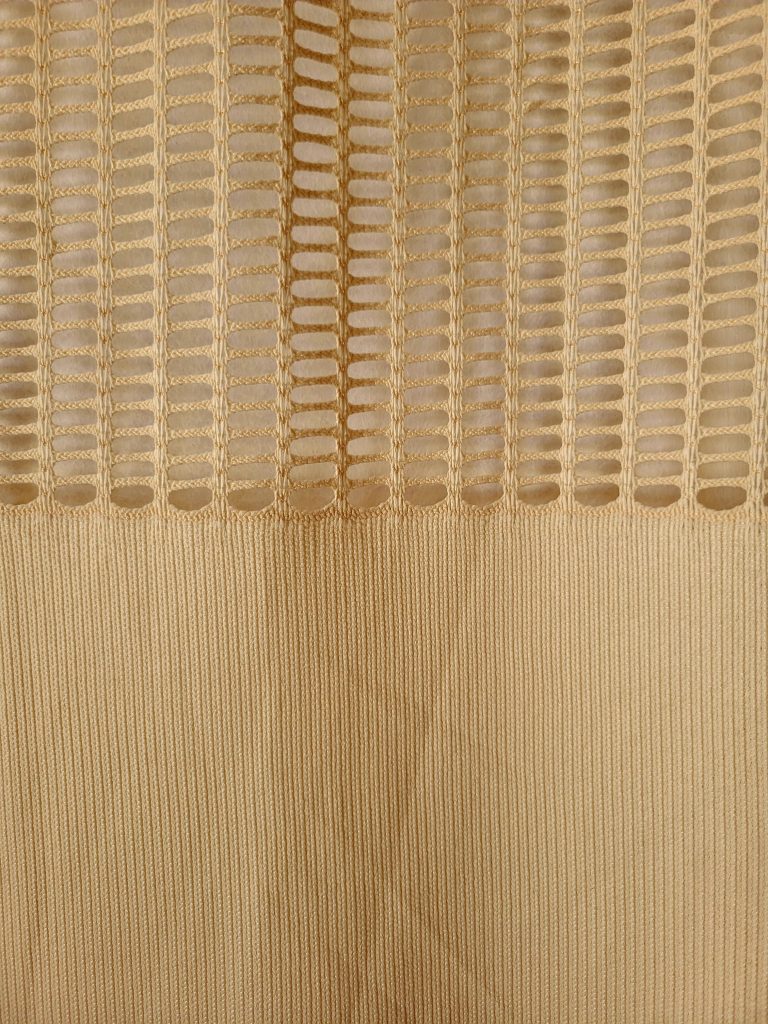 antimicrobial hospital cubicle curtains with mesh in stock at Wallpaper Kenya
antimicrobial hospital cubicle curtains with mesh in stock at Wallpaper Kenya
But office curtains also can be used in hospital low-risk areas.
Functionality
Hospital cubicle curtains focus on privacy, infection control, and patient well-being. They need to be:
Flame-retardant to reduce fire risk.
Application of flame retardant, airless spraying device in hospital setting.
Antimicrobial and stain-resistant to prevent the spread of germs and bodily fluids.
Easily cleanable and launderable to maintain hygiene.
Lightweight and quiet to minimize noise and interference for patients. Sometimes opaque for complete privacy during examinations or procedures.
On the other hand office cubicle curtains primarily focus on visual separation and noise reduction. They may be:
Made of lighter fabrics that don’t need to be as heavy-duty as hospital curtains.
Available in a wider variety of colors and patterns for aesthetic appeal.
More soundproof to block out distractions from nearby colleagues.
Often translucent or semi-transparent to allow some light and visibility through.
Material
Hospital curtains are typically made from fire-resistant, antimicrobial, and stain-resistant fabrics like vinyl, polyester blends, or nylon.
But office curtains can be made from various fabrics like polyester, cotton blends, or even decorative woven materials.
Hanging systems
Hospital curtains are usually hung on ceiling-mounted tracks for easy maneuverability and cleaning.
But office curtains can be hung on ceiling tracks, wall tracks, or even free-standing poles, depending on the desired level of privacy and flexibility.
Additional features
Hospital curtains may have antibacterial coatings, flame-retardant treatments, or even weighted bottoms for stability.
Office curtains may have integrated blinds or shades for light control, or be acoustically treated for additional noise reduction.
Overall
Hospital cubicle curtains prioritize hygiene, patient safety, and privacy, while office cubicle curtains prioritize aesthetics, noise reduction, and visual separation.
A brief history of hospital cubicle curtains?
The ubiquitous hospital cubicle curtain, despite its seemingly permanent presence, has a relatively short history dating back to the mid-20th century.
Pre-curtain days
Before the rise of hospital cubicle curtains, hospital wards were vast, open spaces with rows of beds lined up side-by-side.
Privacy was almost non-existent, with patients sharing not only the room but also every bodily sound and medical procedure.
Imagine the lack of dignity and the potential for cross-contamination!
The rise of the curtain (1960s)
The 1960s saw a shift towards patient-centered care, and with it came the need for privacy and infection control.
Cubicles, separated by simple, often white or pastel-colored curtains, started appearing in hospitals.
These early curtains were primarily functional, offering a flimsy barrier rather than a sense of tranquility.
Evolution and innovation (1970s-1990s)
As cubicle curtains became more commonplace, their design evolved. Fabrics became flame-retardant and easier to clean, and colors transitioned from sterile whites to calming blues and greens. The 1990s brought a focus on patient well-being and environmental psychology.
Curtains started incorporating patterns, nature scenes, and even artwork to create a more soothing and positive atmosphere.
Modern marvels (2000s-present)
Today’s cubicle curtains are marvels of technology and design. They’re antimicrobial, fire-resistant, and easy to maintain.
Some even boast innovative features like noise-canceling properties and integrated lighting systems.
The variety in colors, patterns, and even textures is staggering, allowing hospitals to personalize their spaces and cater to diverse patient preferences.
Beyond aesthetics
The role of cubicle curtains in hospital interior design goes beyond aesthetics. They play a crucial role in infection control, preventing the spread of germs between patients.
They also provide essential privacy for medical examinations and procedures, contributing to patient dignity and comfort.
The future of curtains
As technology continues to advance, we can expect even smarter cubicle curtains. Imagine curtains that monitor vital signs, dispense medication, or even personalize lighting and temperature based on individual patient needs.
Cubicle curtains aren’t just confined to healthcare facilities and offices!
Their versatility makes them surprisingly useful in a variety of settings. And the demand keeps rising.
Education
School clinics
Create private spaces for medical examinations and consultations in school clinics.
Testing centers
Partition of individual testing stations for privacy and exam integrity.
Retail outlets
Fitting room cubicles
Offer privacy and security for changing room cubicles.
Other settings:
Voting booths: Ensure privacy during elections.
Veterinary clinics
Offer privacy for examining and treating animals.
These are just a few examples, and the possibilities are endless! Cubicle curtains offer a flexible and affordable way to create temporary spaces, manage privacy, and control noise in a wide range of settings.
Do you have any specific setting in mind where you think cubicle curtains could be useful?
I’d be happy to explore it further with you!
Medical curtains: material considerations
Choosing the right material for medical hospital cubicle curtains is crucial for both patient safety and overall functionality.
Here are some key considerations.
Essential properties of hospital cubicle curtains
- Flame retardancy in Medical curtains needs to comply with fire safety regulations to minimize fire risk. Look for fabrics treated with flame-retardant chemicals or inherently fire-resistant materials.
- Antimicrobial properties preventing the spread of germs are paramount in healthcare settings. Opt for fabrics with built-in or applied antimicrobial coatings that inhibit bacterial growth.
- Stain resistance of Bodily fluids, medications, and other spills which are inevitable in healthcare. Choose a fabric that resists stains and can be easily wiped clean or laundered.
- Medical curtains face constant use and cleaning. Select a strong and resilient fabric that won’t tear, fray, or wear out quickly.
- The curtains should be easy to clean and disinfect to maintain hygienic conditions. Opt for fabrics that can be readily wiped down with disinfectant wipes or laundered at high temperatures.
Additional factors to consider
Opacity
Choose the level of opacity based on the intended use. Blackout, opaque curtains offer complete privacy for examinations, while translucent or semi-transparent ones allow some light and visibility into the cubicle.
Weight
Lighter fabrics are easier to maneuver, while heavier ones can provide better soundproofing and stability.
Antistatic properties
Static electricity can interfere with medical equipment. Choose an antistatic fabric to prevent this issue.
Cost
Consider the budget alongside the desired features and performance of the fabric.
Popular materials for medical cubicle curtains
Vinyl
Highly durable, flame-retardant, and stain-resistant, but can be less breathable and noisy.
Polyester blends
Offer a good balance of affordability, durability, and cleanability. Can be treated for flame retardancy and antimicrobial properties.
Nylon
Lightweight and often flame-retardant, but may not be as stain-resistant as other options.
Specialty fabrics
Some manufacturers offer fabrics with advanced features like enhanced soundproofing, odor control, or moisture resistance.
Ultimately, the best material for your medical cubicle curtains depends on your specific needs and priorities.
Weigh the essential properties like flame retardancy and hygiene against additional considerations like budget and desired features. Consulting with healthcare professionals and comparing different fabrics can help you make an informed decision.
I hope this information is helpful! If you have any further questions about specific materials or need recommendations for your particular healthcare setting, please don’t hesitate to ask.
Antimicrobial hospital cubicle curtains
Hospital cubicle curtains play a crucial role in preventing the spread of germs and infections within healthcare facilities.
Their antimicrobial properties are key to maintaining a hygienic environment and protecting both patients and staff.
Here’s a closer look at the antimicrobial properties of cubicle curtains.
Types of Antimicrobial Treatments
Built-in antimicrobial fibers
Certain fabrics, like those with silver or copper ions embedded in their fibers, can continuously inhibit bacterial growth.
Applied antimicrobial coatings
These coatings, often made of polymers or quaternary ammonium compounds, can be sprayed or bonded onto the fabric surface to kill or prevent the growth of microbes.
Mechanisms of action
Disruption of cell membranes
Some antimicrobial agents disrupt the cell membranes of bacteria, causing them to leak contents and die.
Inhibition of protein synthesis
Other agents prevent bacteria from producing essential proteins, hindering their growth and reproduction.
Oxidation
Certain treatments generate reactive oxygen species that damage bacterial DNA and cell walls.
Benefits of the antimicrobial cubicle curtains
- By reducing the bacterial load on surfaces, antimicrobial curtains can help prevent the spread of Healthcare Associated Infections (HAIs), which are a major concern in hospitals.
- Lowering the risk of infections contributes to better patient outcomes and shorter hospital stays.
- Healthcare workers are often exposed to pathogens, and antimicrobial curtains can help protect them from infections.
- The antimicrobial properties can make it easier to keep the curtains clean and reduce the frequency of deep cleaning.
Important considerations:
- Efficacy: Different antimicrobial treatments have varying levels of effectiveness against different types of bacteria. Choose curtains with treatments proven to be effective against common healthcare pathogens.
- Durability: The antimicrobial properties should be long-lasting and not diminish over time with washing or wear.
- Safety: Some antimicrobial agents may have potential health risks, so it’s important to choose curtains with treatments that have been safety tested and approved for use in healthcare settings.
- Cost: Antimicrobial curtains can be more expensive than standard curtains, but the benefits in terms of infection prevention and patient safety can outweigh the cost in the long run.
By choosing hospital cubicle curtains with effective antimicrobial properties, healthcare facilities can create a safer and more hygienic environment for their patients and staff.
Disposable medical curtains
Disposable hospital cubicle curtains are most commonly made from non-woven polypropylene (PP) fabric.
This material offers several advantages, including:
Cost-effectiveness
PP is a relatively inexpensive material, making disposable curtains a budget-friendly option.
Durable
While not as strong as cotton or other woven fabrics, PP is strong enough to withstand regular use in a healthcare setting.
Antimicrobial
PP can be treated with antimicrobial agents to help prevent the growth of bacteria and mold.
Flame retardant
Many disposable curtains are also flame retardant for added safety.
Water-resistant
Some curtains are coated with a water-resistant layer to protect against spills and moisture.
Lightweight and easy to handle
PP is a lightweight fabric that is easy to move and dispose of.
Other materials sometimes used in disposable medical curtains
- Polyethylene (PE) is similar to PP but less breathable and slightly less durable.
- Polyester is more durable than PP, but also more expensive.
- Some curtains combine PP or PE blend fabrics with other fibers for increased strength or functionality of untreated curtains.
Uses of Disposable Medical Curtains
Disposable medical curtains have a wide range of uses in healthcare settings, including:
Providing privacy for patients
Curtains are used to create temporary partitions in examination rooms, treatment areas, and patient bays.
Blocking out the light
Curtains can be used to dim the lights in a room or create a more private atmosphere.
Controlling infection
Disposable curtains can help to prevent the spread of germs by being discarded after each use.
Creating temporary walls
Curtains can be used to section off a room for a specific procedure or to create a decontamination area.
Protecting equipment
Curtains can be used to drape over equipment to protect it from dust and dirt.
Pros and Cons of Disposable Hospital Cubicle Curtains
Advantages:
Hygiene
Disposable curtains eliminate the need for laundering, which can help to prevent the spread of germs.
Convenience
Disposable curtains are easy to use and dispose of, saving time and labor.
Cost-effectiveness
Disposable curtains are often cheaper than purchasing and laundering reusable curtains.
Lightweight and portability
Disposable curtains are easy to move and store.
Variety of options
Disposable curtains are available in a variety of colors, sizes, and styles to meet different needs.
Disadvantages:
- Environmental impact: Disposable curtains generate waste, which can be a concern for environmentally conscious healthcare facilities.
- Cost over time: If used frequently, the cost of disposable curtains can add up over time.
- Less durable than reusable curtains: Disposable curtains are not as strong as reusable curtains and may need to be replaced more often.
- May not be as aesthetically pleasing as reusable curtains: Some disposable curtains may have a less finished look than reusable curtains.
Ultimately, the decision of whether to use disposable or reusable medical curtains depends on the specific needs of the healthcare facility.
Disposable curtains can be a good option for situations where hygiene and convenience are a priority, while reusable curtains may be a better choice for facilities looking for a more cost-effective and environmentally friendly solution.
Specific Applications of Hospital Cubicle Curtains
Hospital cubicle curtains are more than just dividers; they’re vital tools for patient privacy, infection control, and overall hospital efficiency.
Let’s dive into their specific applications in different departments, highlighting the benefits for both patients and staff:
Emergency Room (ER)
Applications
Separate patients for privacy during triage, examinations, and treatment. Create temporary consultation rooms.
Benefits for patients
Enhanced privacy and sense of security, reduced stress in a chaotic environment.
Benefits for healthcare business
Improved workflow and organization, efficient use of space for patient care.
Intensive Care Unit (ICU)
Applications: Shield critically ill patients from noise and disturbances, and create temporary isolation rooms for infectious patients.
Benefits for patients
Decreased noise and light exposure for better rest and recovery, the feeling of personal space despite the shared environment.
Benefits for staff
Easier monitoring and care for patients, maintaining sterility and infection control.
Maternity Ward
Applications
Divide labor and delivery rooms for privacy during childbirth, and create separate areas for newborns and mothers.
Benefits for patients
Increased privacy and dignity during childbirth, enhanced bonding time with newborns in a private space.
Benefits for staff
Dedicated areas for specific tasks, improved focus, and efficiency in patient care.
Outpatient Clinics
Applications
Separate examination rooms for privacy during consultations and procedures, and create waiting areas with individual spaces.
Benefits for patients
Reduced anxiety and discomfort during exams, sense of comfort and privacy while waiting.
Benefits for staff
Maintain patient confidentiality, and improve workflow with dedicated examination spaces.
Surgical Departments
Applications
Create pre- and post-operative areas for patient privacy, and shield surgical areas from contamination.
Benefits for patients
Reduce anxiety and stress before and after surgery, comfortable recovery space with privacy.
Benefits for staff
Maintain sterile environment in operating rooms, and efficient patient flow for surgeries.
Additional Benefits
Improved patient satisfaction
Studies show privacy and control over the environment enhance patient satisfaction.
Infection control
Cubicles help contain airborne pathogens and prevent cross-contamination between patients.
Staff Productivity
Proper space management enables efficient workflow and reduces staff stress.
Flexibility
Curtains can be easily moved and adjusted to adapt to changing needs.
Beyond these specific applications, hospital cubicle curtains play a crucial role in creating a more humane and comfortable environment for both patients and staff.
They are more than just dividers; they are essential tools for promoting privacy, dignity, and well-being within the healthcare setting.
I hope this breakdown provides a comprehensive overview of the specific applications and benefits of hospital cubicle curtains!
Cubicles found in a general hospital
There are many different cubicles in a hospital, each with its specific purpose, which dictates the style of its cubicle curtains.
Change cubicles
There are change cubicles which are the rooms where patients change from street clothes to hospital gowns before examination.
Following examination or treatment, the patient will use this type of space to change back into their street clothes.
Nurse stations
These are the central areas where nurses work. They typically have computers, phones, and other supplies that nurses need to do their jobs. Nurse stations are often located near patient cubicles so that nurses can easily monitor their patients.
Doctors’ offices
These are the rooms where doctors see patients for consultations. They typically have a desk, a chair, and examination equipment. Doctors’ offices may also have a waiting area for patients.
Treatment rooms
These are the rooms where patients receive treatment, such as injections, infusions, or wound care.
Treatment rooms may also have equipment for diagnostic tests, such as X-rays or ultrasounds.
Operating rooms
These are the sterile rooms where surgery is performed. Operating rooms have specialized equipment and supplies that are needed for surgery.
Recovery rooms
These are the recovery rooms where patients recover from surgery or other procedures.
Recovery rooms typically have beds and monitoring equipment so that patients can be closely observed.
Labor and delivery rooms
These are the rooms where babies are born. Labor and delivery rooms have beds, monitoring equipment, and supplies that are needed for childbirth.
Labor and delivery rooms in a hospital
Nurseries
These are the rooms where newborns are cared for. Nurseries have cribs, incubators, and other equipment that is needed for the care of babies.
In addition to these common cubicles, there are many other specialized cubicles in a hospital, such as burn units, psychiatric units, and intensive care units.
The specific types of cubicles that a hospital has will vary depending on the size and specialty of the hospital.


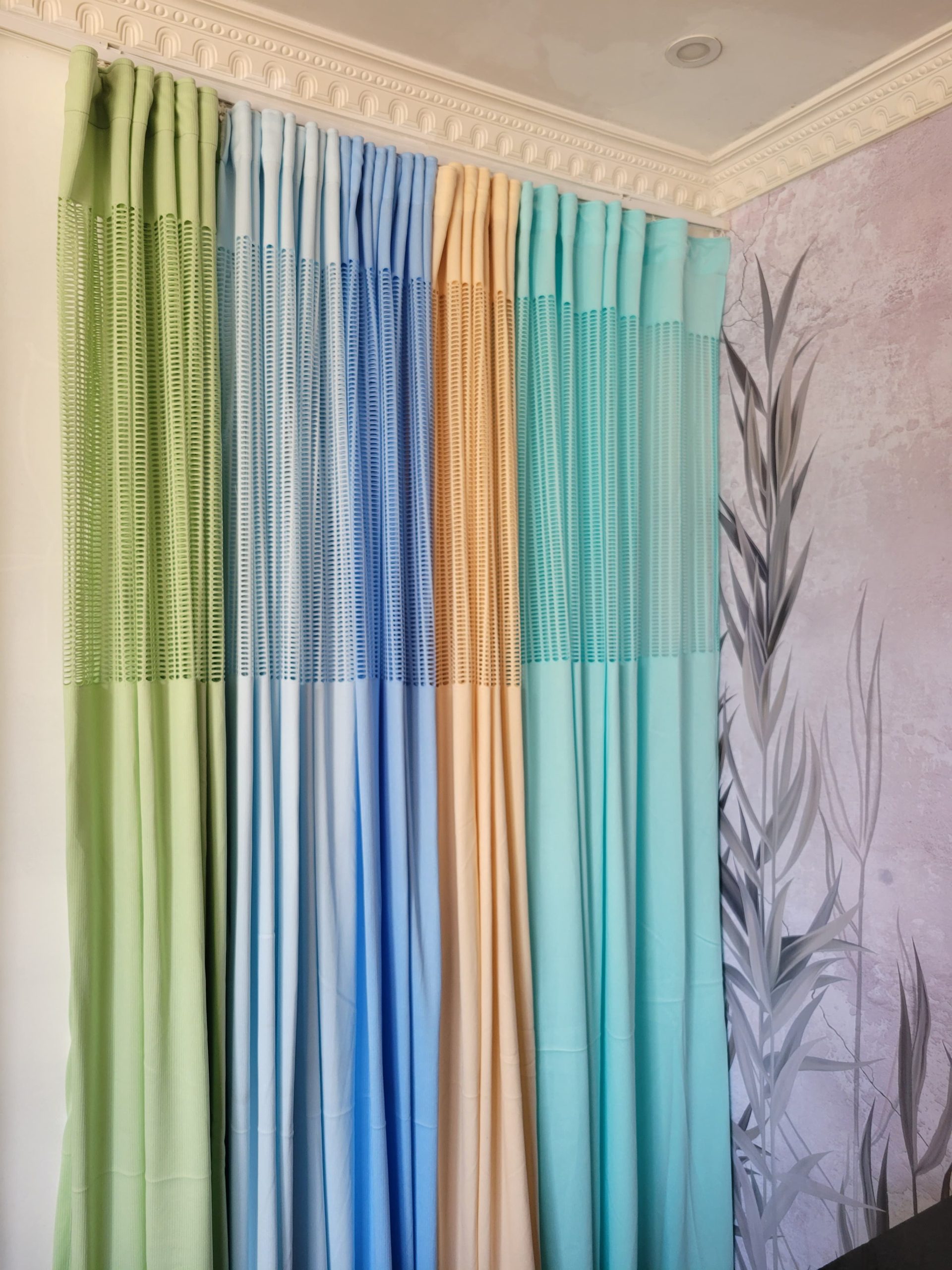
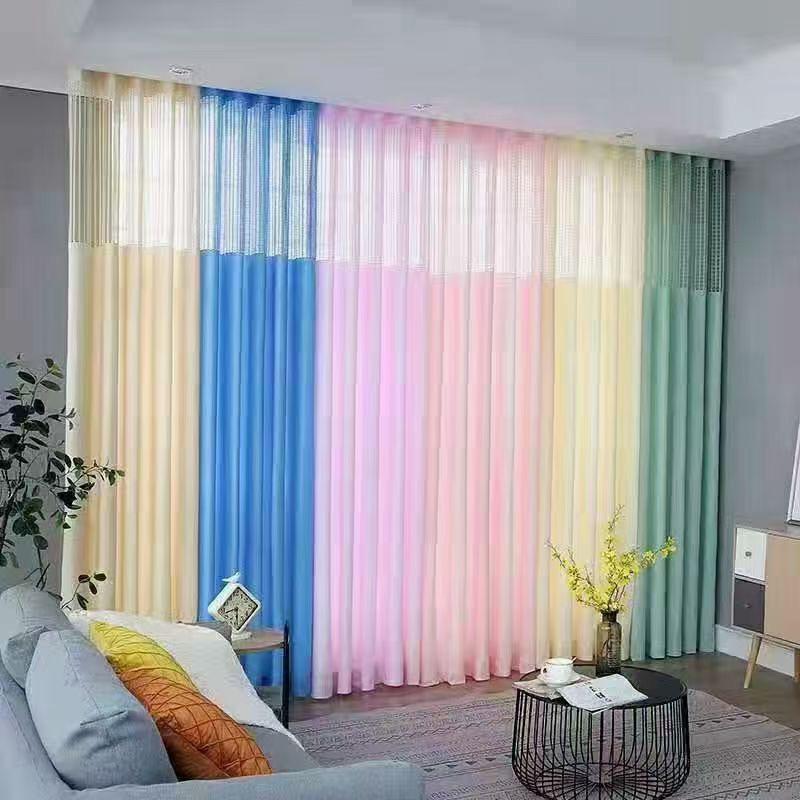
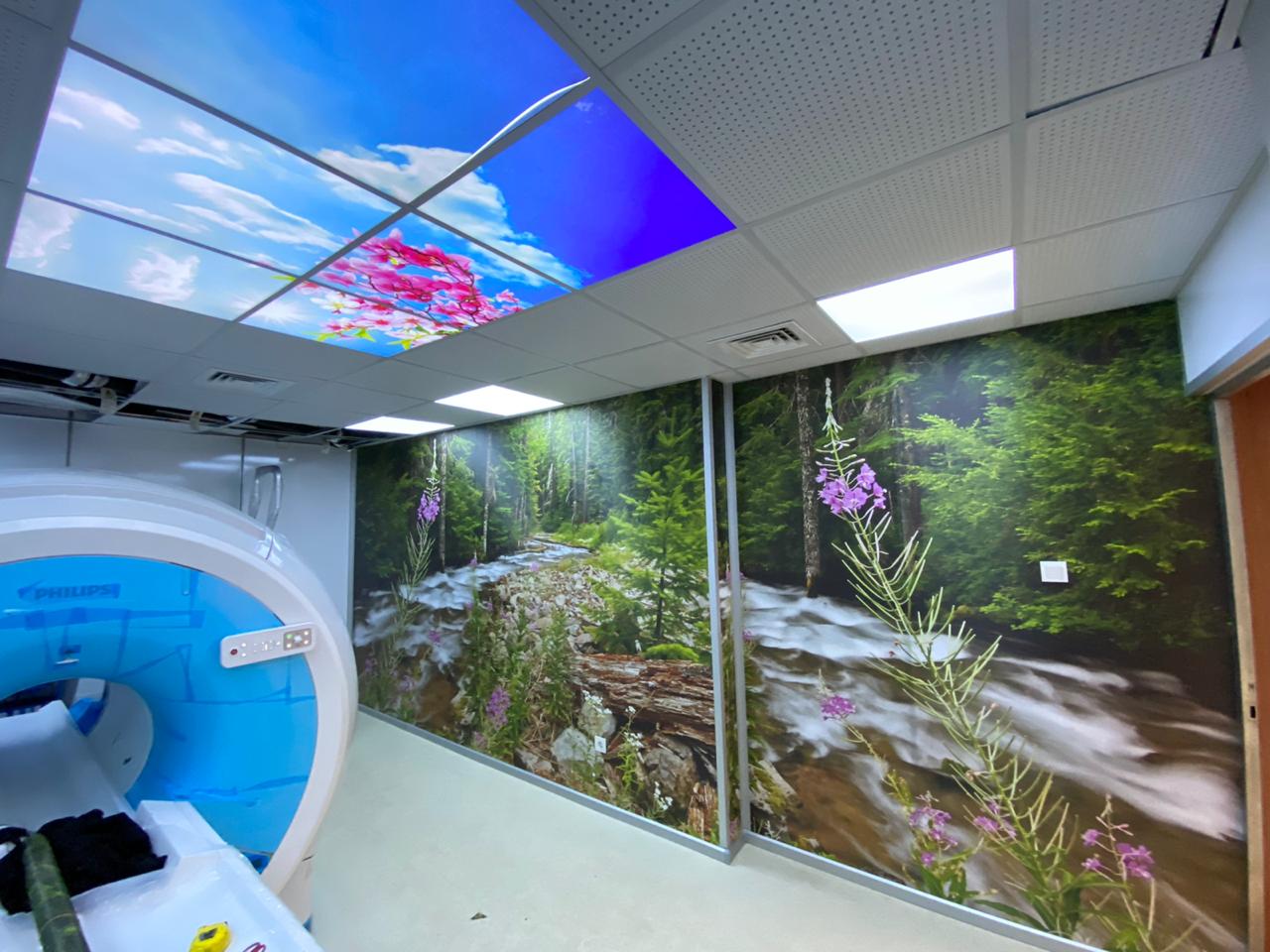
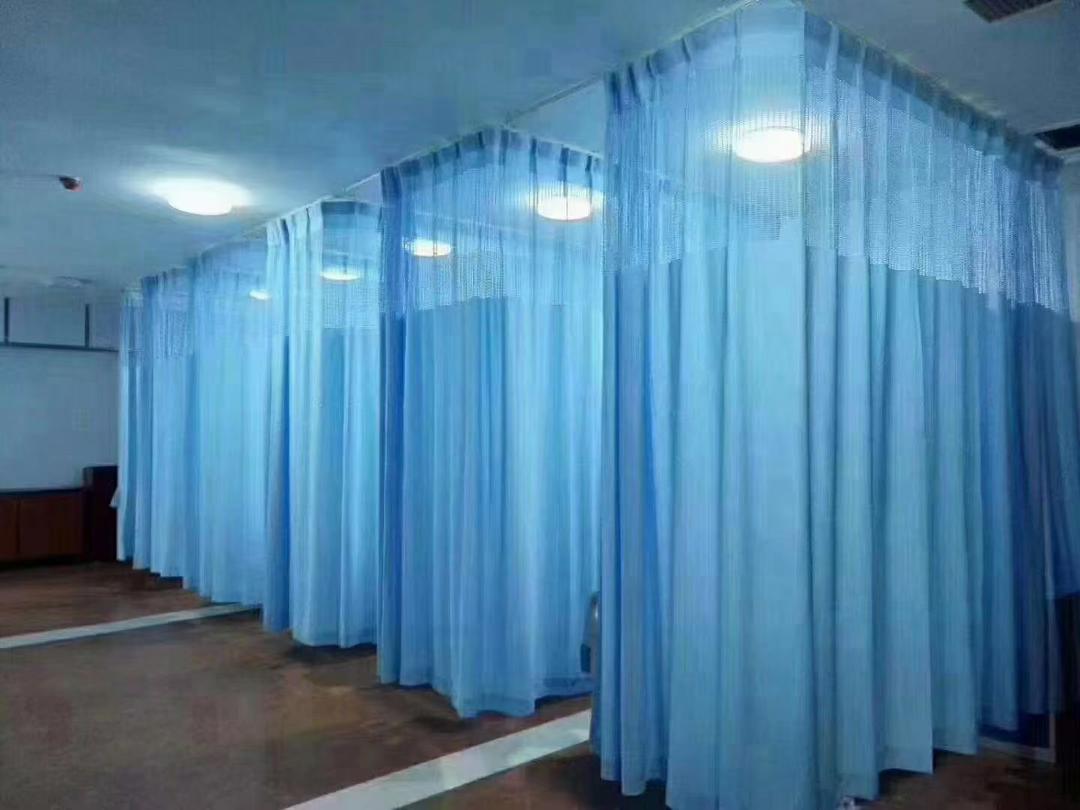
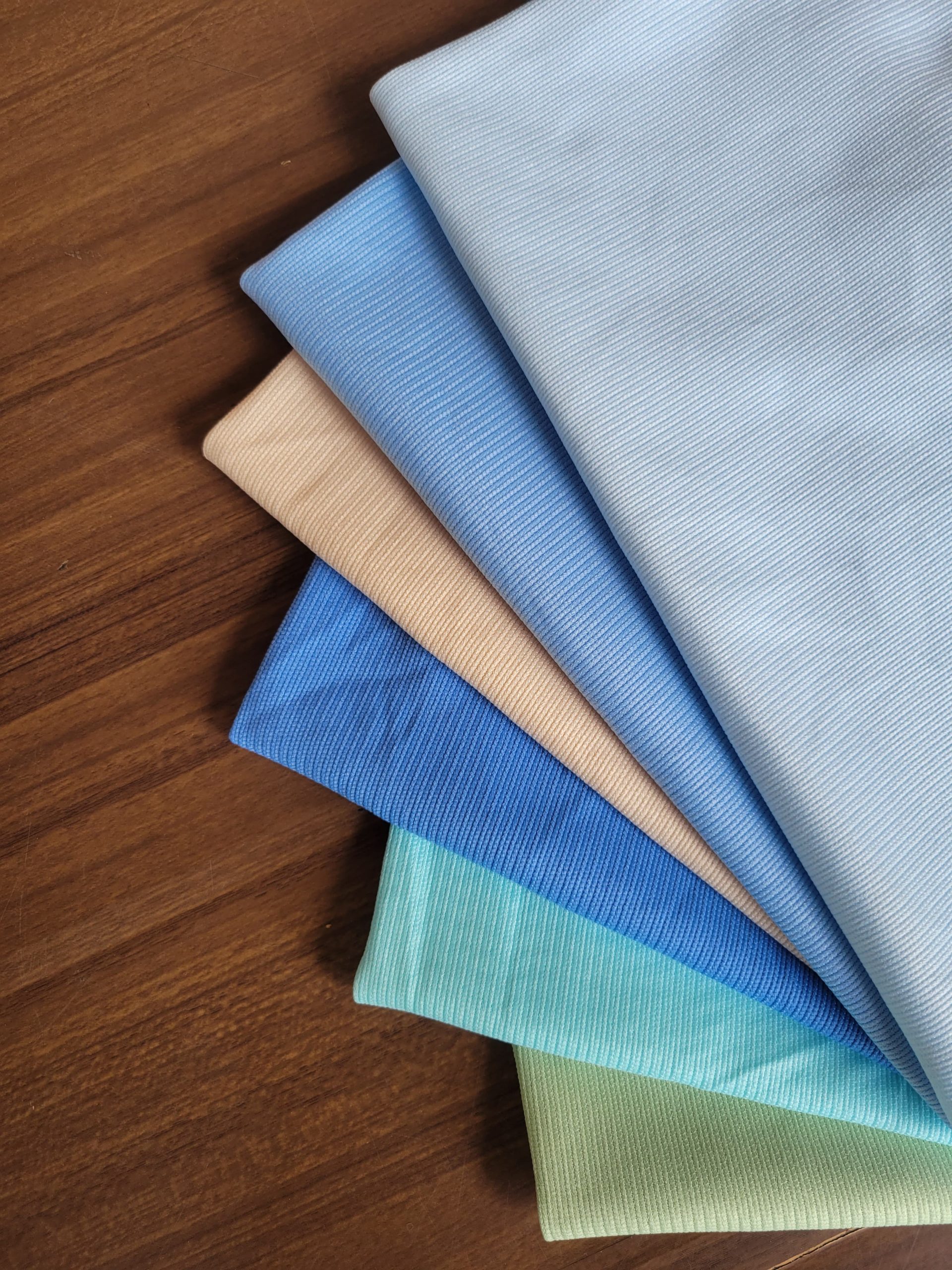
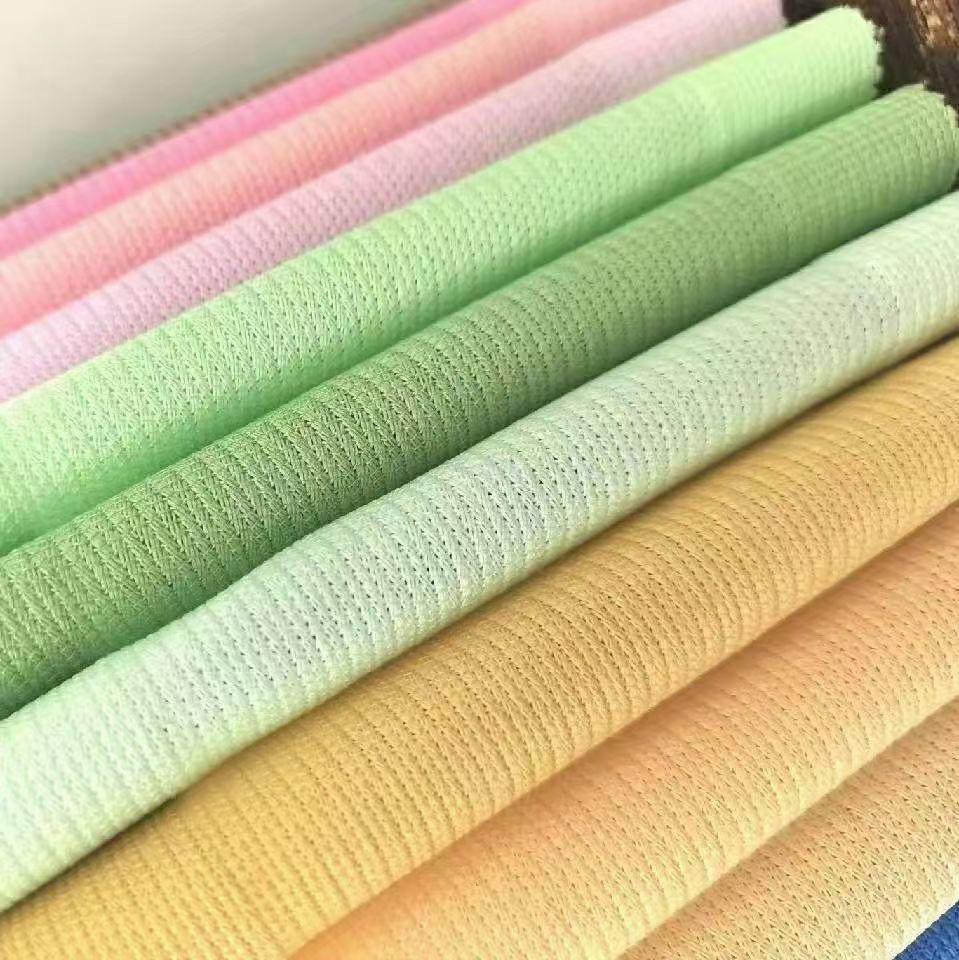
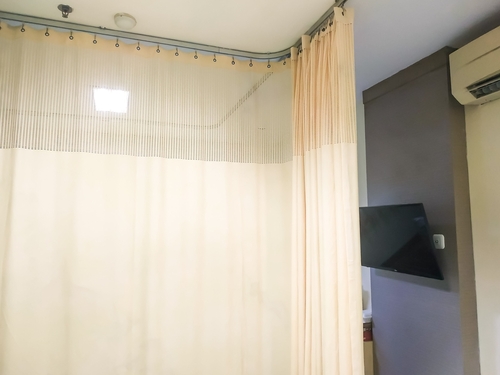
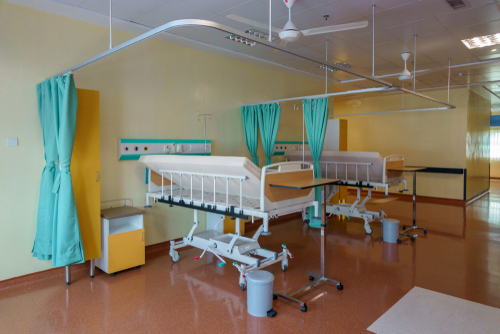
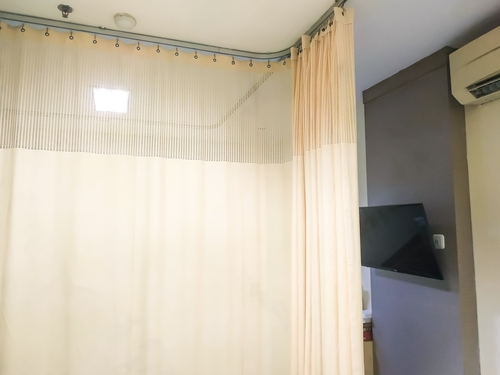
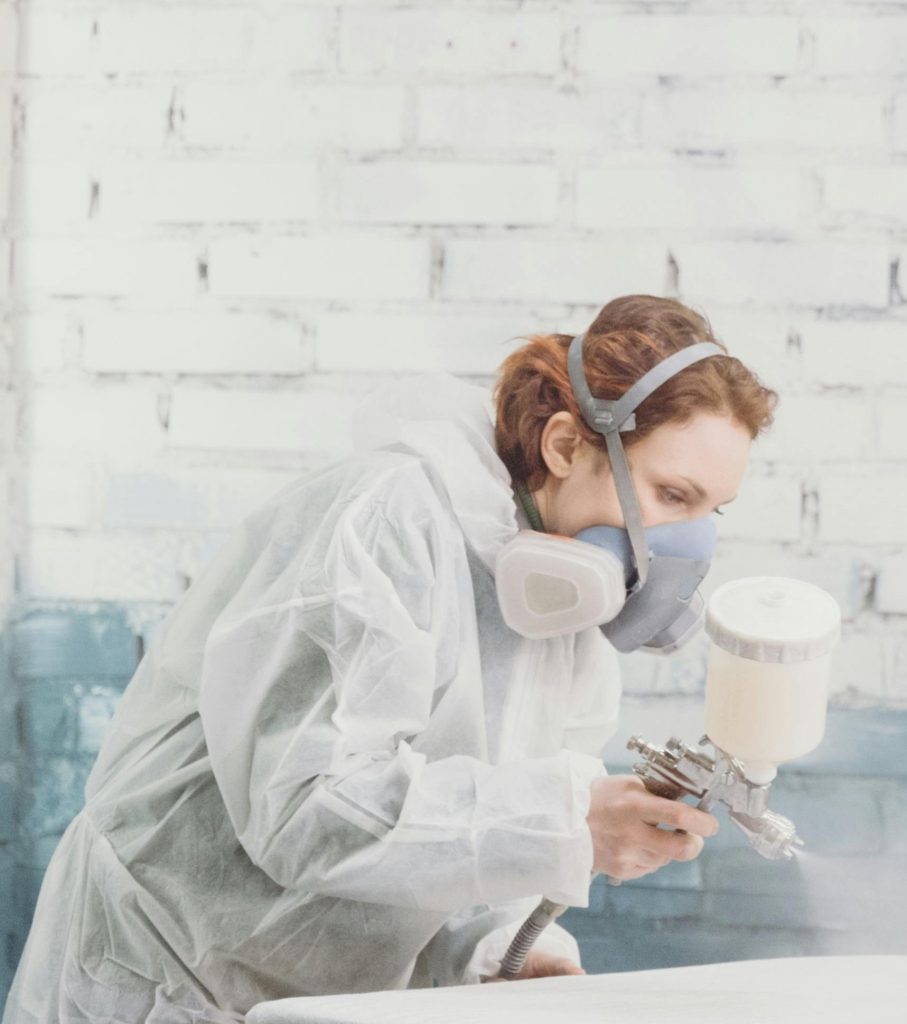
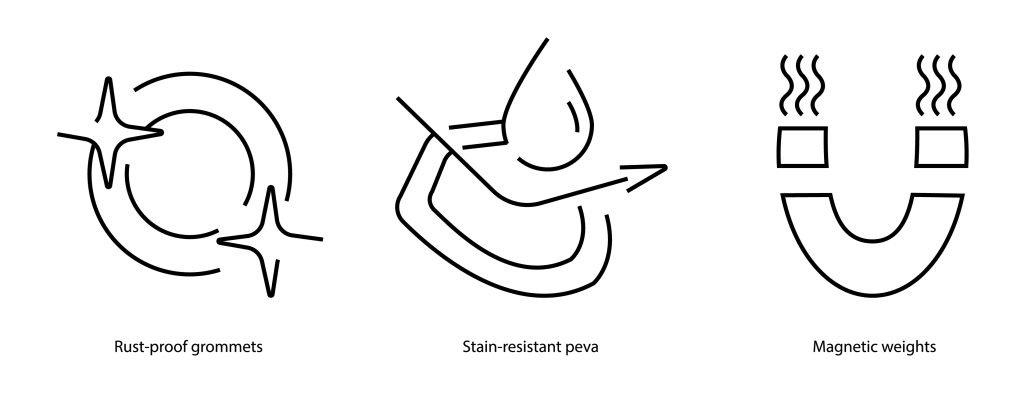
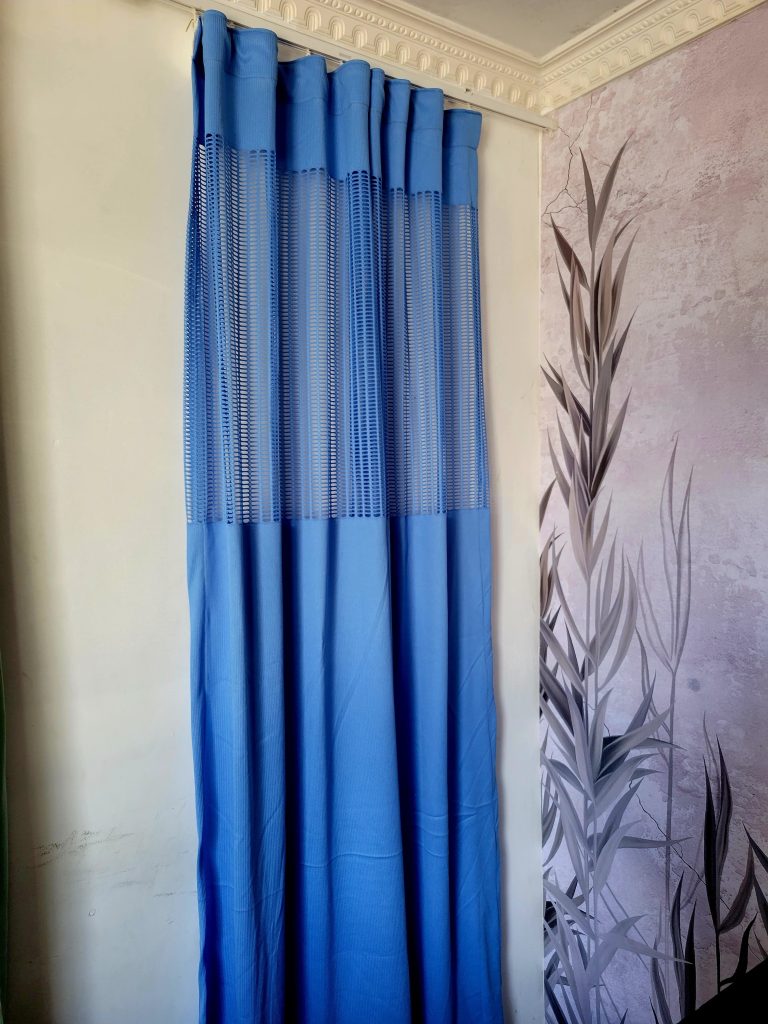
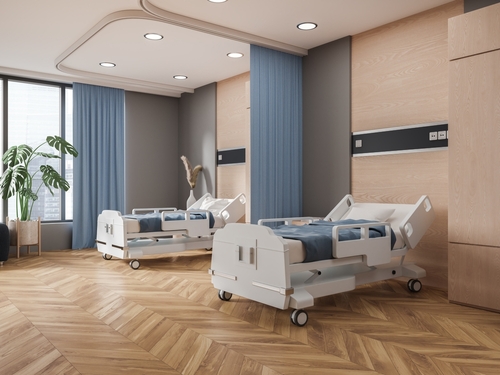
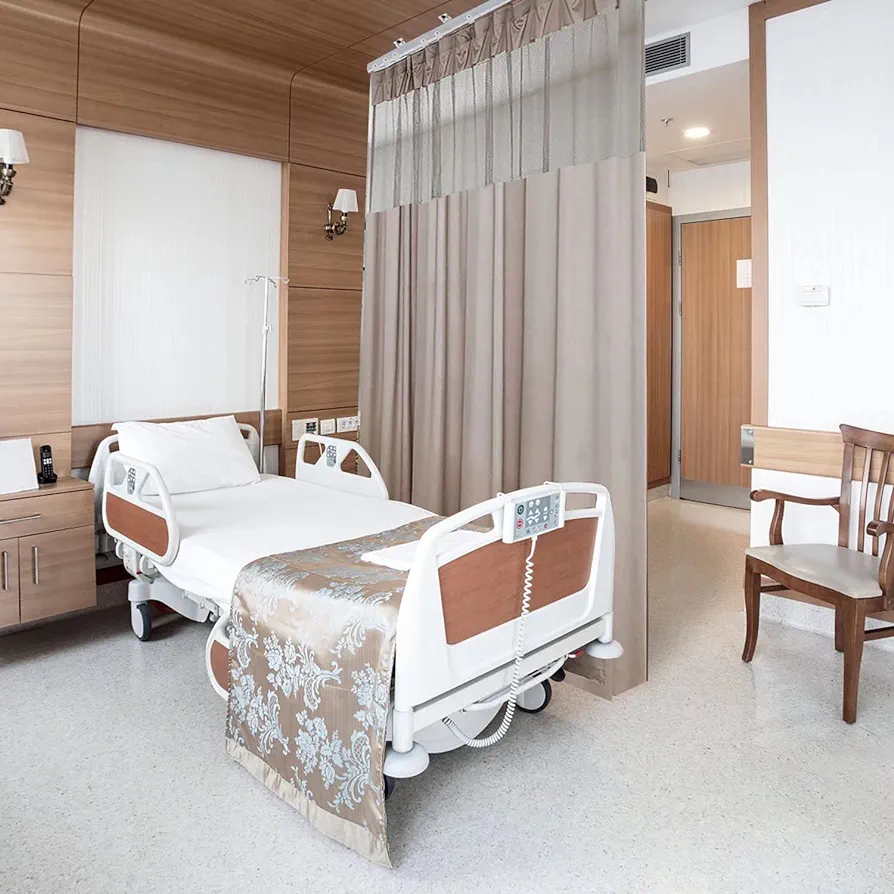
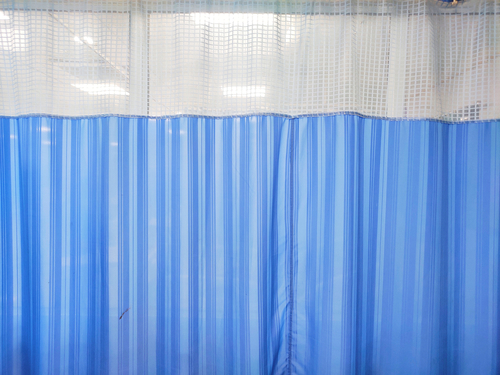
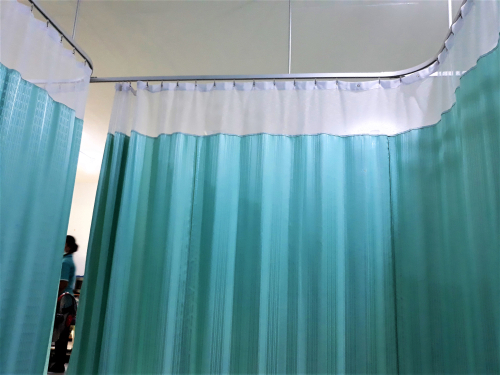
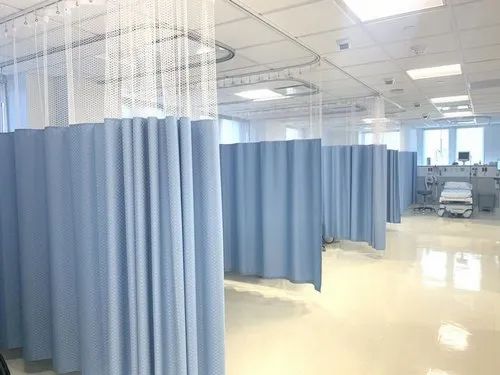
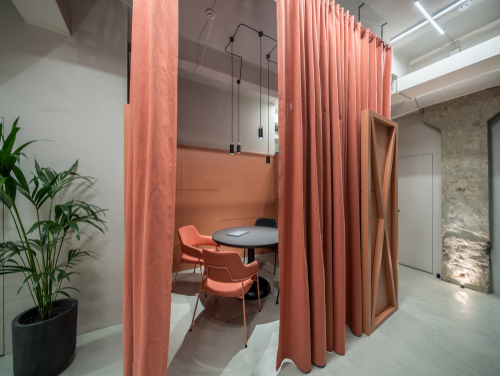
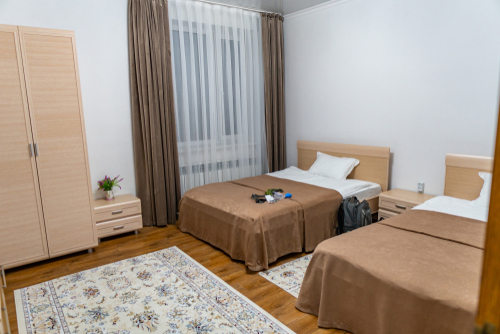
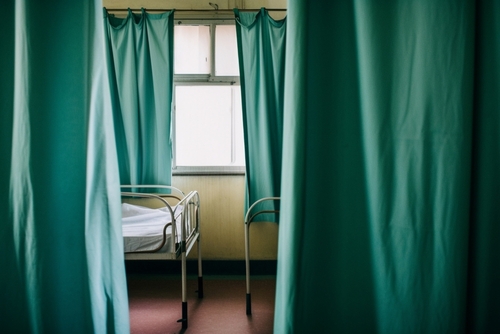
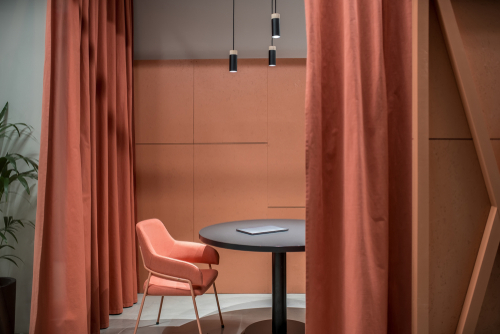
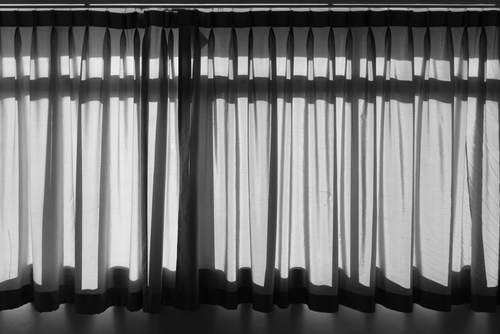
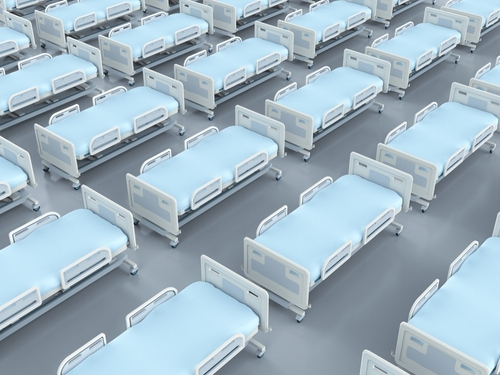
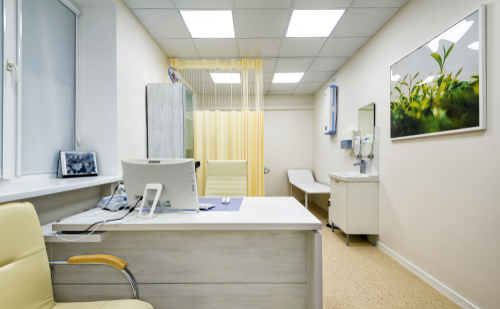
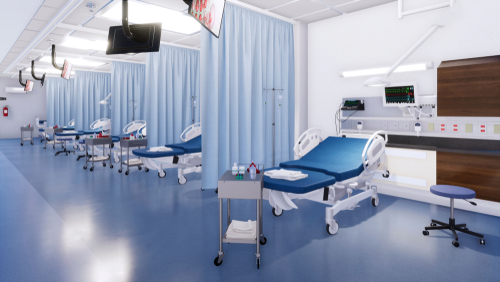
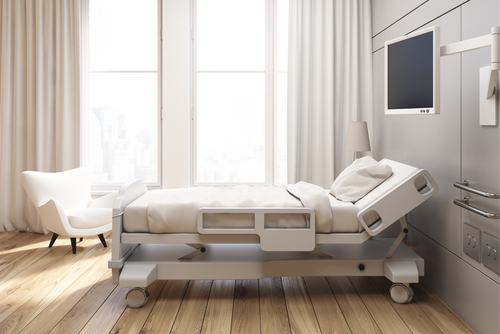
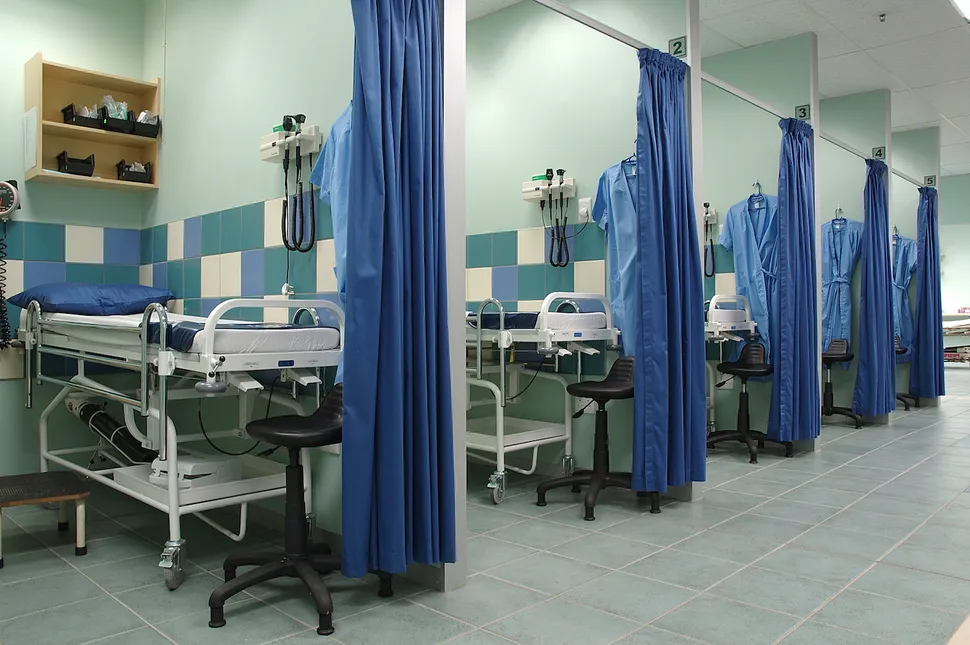
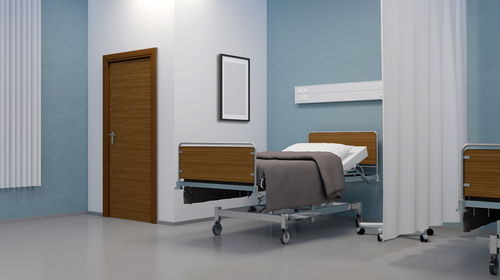
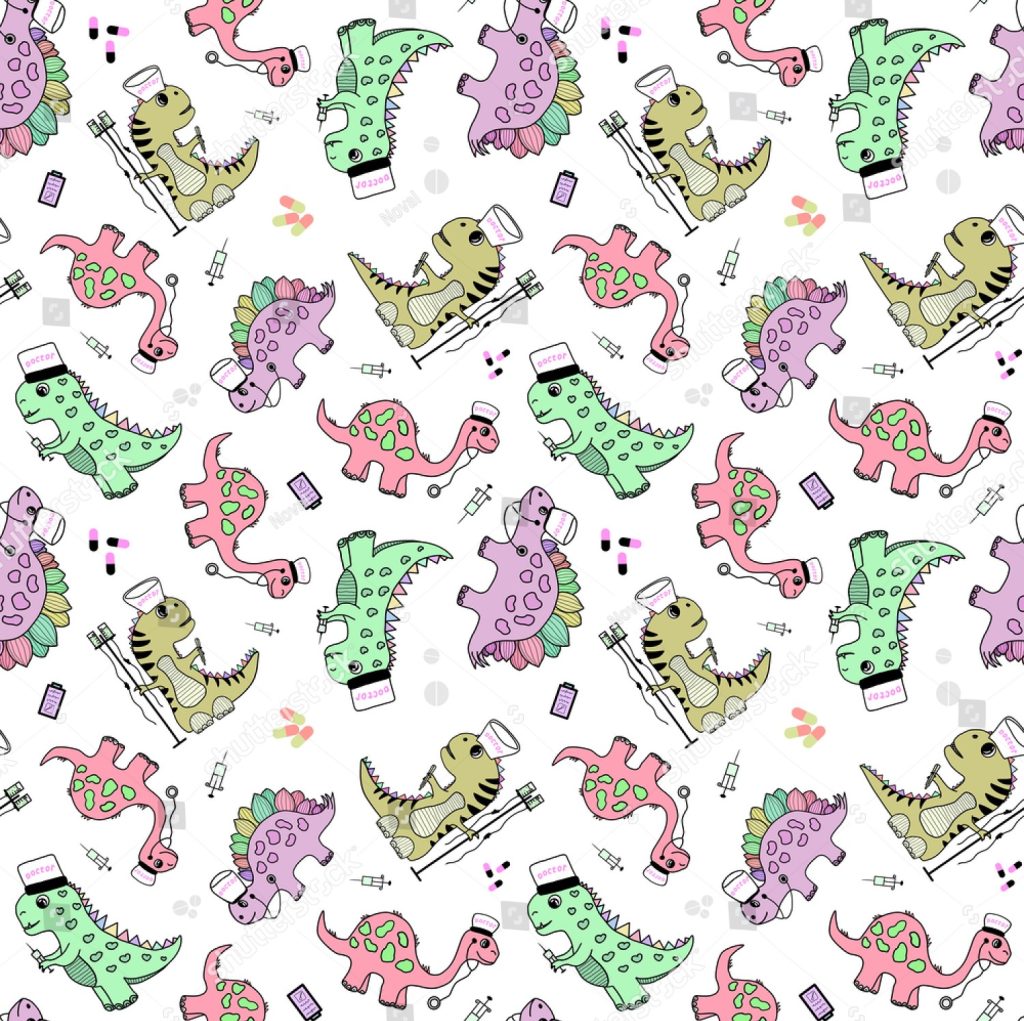
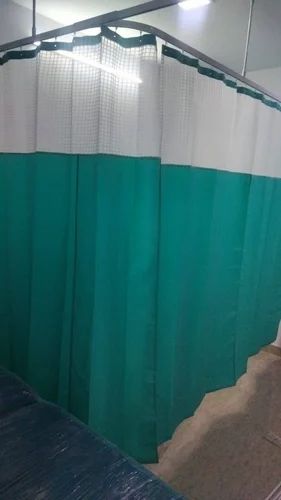
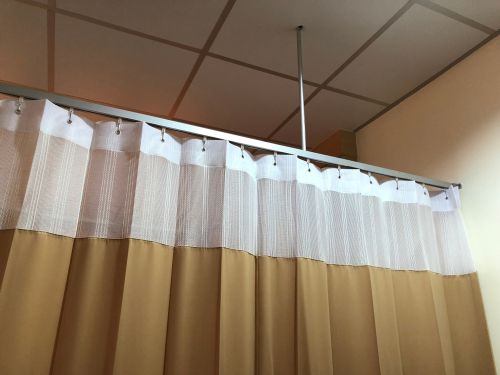
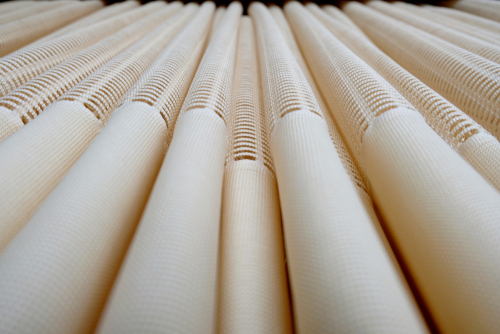
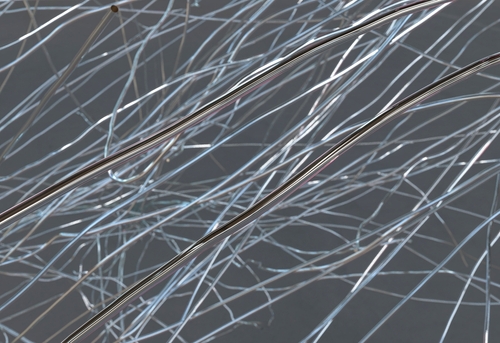
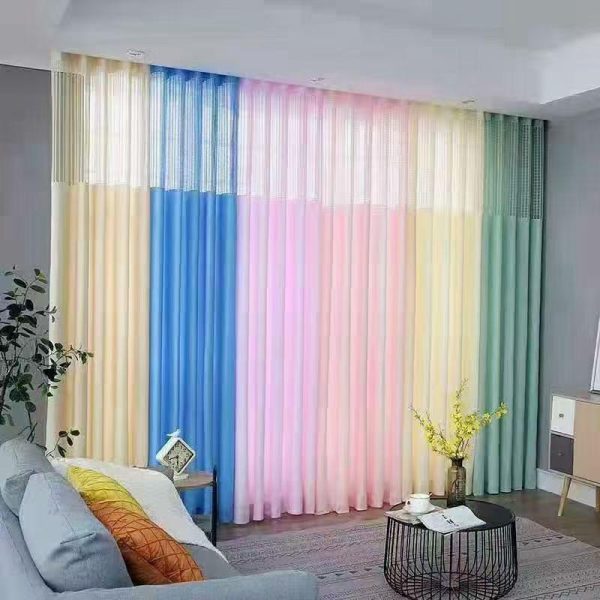
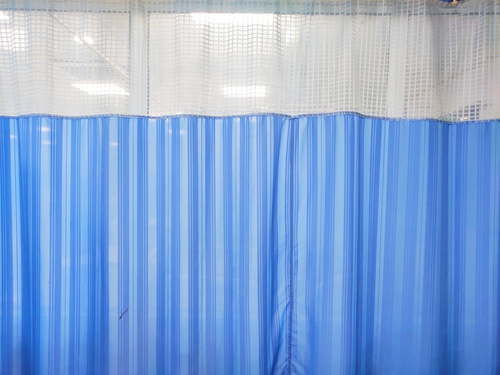
Reviews
There are no reviews yet.